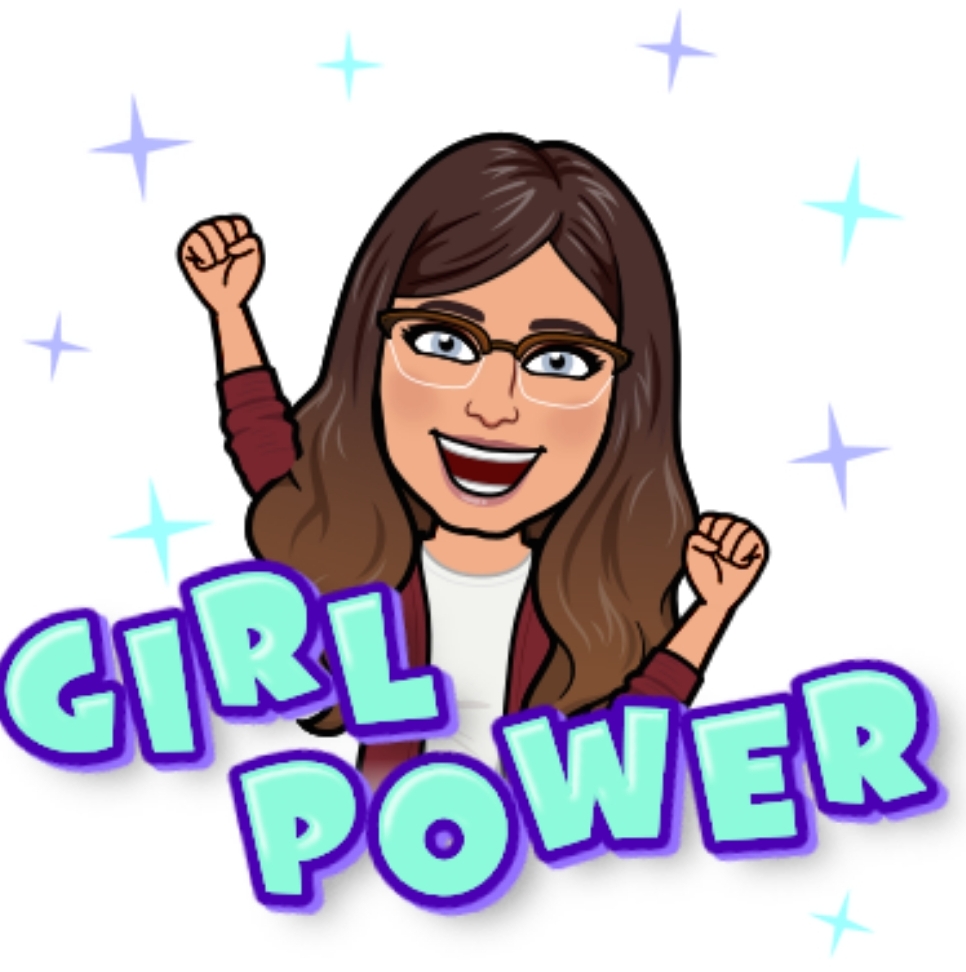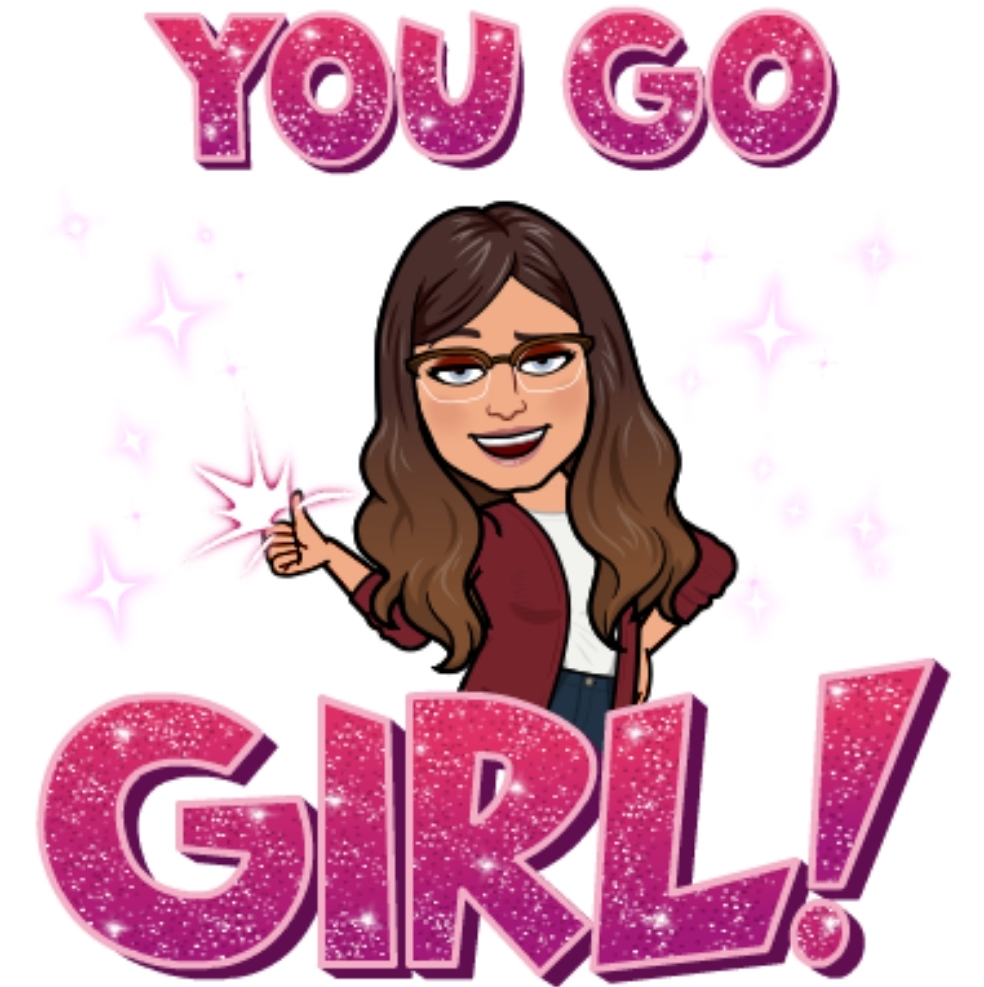Dominant Narratives Presentation
Below is the script I wrote for my FlipGrid video on my Dominant Narratives Presentation for ECS 110.
The full video will be uploaded soon!
Script
Hello ECS 110! I hope you are all doing wonderful today and staying safe and healthy.
My group’s dominant narrative is ‘That women are emotionally weaker than men’. In my portion of our presentation I will be introducing two counter-narratives to the dominant narrative. The first one is that women are just as emotionally strong as men and the second is that men are capable of expressing emotions. Unfortunately, the second counter-narrative is still very under represented in mainstream media. However, the first, that being ‘that women are just as emotionally strong as men’, is becoming more represented in mainstream media. A few examples of this counter-narrative in mainstream media are Annabeth Chase in Rick Riordan’s Percy Jackson and The Olympians book series, Helen Parr from Disney Pixar’s Incredibles, and Elsa from Disney’s Frozen.

In Percy Jackson, Annabeth is a very strong character both physically and emotionally. In comparison to the male protagonist, Percy, she is far more emotionally reserved. This is despite the fact that she faces many hardships throughout the series.
So, why is introducing counter-narratives to the dominant narrative important? In general, counter-narratives are important because they are essential to disrupting the dominant narrative. If counter-narratives do not exist, the dominant narrative continues to thrive. Which causes divides between people, prejudice and oppression. When counter-narratives become more mainstream it opens up doors for more diverse view points. And in turn, creates better representation of diversity. Overall, counter-narratives becoming commonplace in society is about creating normalcy in what is reality.
This reality, in regards to men’s and women’s emotions, is that both men and women are capable of expressing their emotions deeply. The reality is that some people express their emotions more deeply than others, regardless of sex or gender. This also does not mean that someone who expresses their emotions more deeply is any weaker than someone who is more guarded in the way they express their emotions.
So, if counter-narratives are so important to the well-being and inclusivity of society; How do we make counter-narratives more wide-spread?
The answer is there are many things that need to happen.
One example is introducing counter-narratives in mainstream media. One company that is starting to make change in doing this already is Disney. With many of their new Disney Princess movies they have shifted the narrative from the princess being a damsel in distress to the princess taking action in her own fate and being her own hero. This is evident in Frozen, Brave, and Moana.

Another thing that content creators can do is to introduce male characters that express their emotions deeply. This is not as common place yet, but it would be helpful in disrupting the dominant narrative.
One of the most important things that can be done is to educate society on how to criticize their initial thoughts about people and teach people to think critically about their perceptions, beliefs and the way they were socialized.
The main message here is that, ensuring that multiple beliefs, groups, and types of individuals are represented in mainstream media is important as it makes diversity normal and in turn allows everyone to feel represented.